The Historic Great War group to Lieutenant Tom Rees Royal Welsh Fusiliers, attached to No. 11 Squadron Royal Flying Corps, killed in aerial combat and the first official victim of the legendary ‘Red Baron’ Manfred von Richthofen 1914-15 Star (Lieut. T. Rees, R.W. Fus.); British War and Victory Medals (Lieut. T. Rees) together with Bronze Memorial Plaque (Tom Rees the plaque a little polished, otherwise nearly extremely fine (4) £3000-5000 Footnote A significant event in aerial combat history is contained within the terse Royal Flying Corps account of a sortie on Sunday, 17 September 1916: ‘A bombing raid carried out by machines of the 3rd Brigade was heavily engaged by about 20 hostile machines on its return from Marcoing Station ... Four machines of No. 11 Squadron and two of No. 12 Squadron, which took part in the raid, did not return.’ At about 11 o’clock on the morning of Sunday, the 17th September 1916, the master aerial tactician, Hauptmann Oswald Boelcke of Jasta 2, was leading a patrol with five of his promising young pilots, all flying newly delivered Albatros DII’s, when he spotted two formations of aircraft, fourteen machines in all. One of these young pilots was none other than Manfred von Richthofen, who was about to make his debut as the greatest ace of the First World War. The two formations spotted by Boelcke were in fact eight BE2c’s of No. 12 Squadron R.F.C., on a bombing mission with an escort of six FE2b’s of No. 11 Squadron R.F.C. The BE2c’s were each loaded with one 112 lb bomb and four 20 lb bombs, destined for Marcoing railway station, well behind the German lines. Boelcke did not lead directly into the attack, for the enemy machines were on their outward journey and time was on his side. He put his first rule into effect - try to secure advantage before attacking. Climbing, he gave his formation the advantage of height, enabling them to close in swiftly by diving when the moment for attack came. The he circled round, placing his group between the sun and the enemy formation and followed the British machines. Puffs of smoke rose from Marcoing station and at least one railway wagon was ablaze after the BE2c’s had dropped their bombs. Inevitably the British airmen, pilots and observers alike, wary as they were, made frequent downward glances to ascertain the damage the bombs had wreaked. It was the moment Boelcke had chosen to attack. They dived, each with a particular enemy machine in mind. Richthofen chose to attack one of the FE2b’s, thinking it to be a Vickers fighter, a type which he had been instructed how to tackle. He remembered Boelcke’s advice not to open fire until the range was close and the enemy machine well in the sights. When within fifty yards he fired at the FE from behind, but both the pilot, Second Lieuteannt L. B. F. Morris, and the observer, Lieutenant T. Rees, were experienced airmen and they immediately took defensive action. Rees stood up in his cockpit and fired back over the top wing, whilst Morris circled or banked the machine from side to side whenever Richthofen was in the aircraft’s blind spot, below and behind, where Rees could not fire for fear of shooting the tail of his own machine. Richthofen broke off the fight, dived into a cloud, but circled round and came back at the FE from below and behind. Evidently Rees and Morris did not see him, for their machine kept a steady course. Closing in, he opened fire, spraying the nacelle and engine with bullets. There was no return fire as both occupants had been hit and the engine also had been damaged. He almost rammed the enemy with his Albatross in his eagerness. As he swerved aside, he saw the propeller of the FE stop; he watched fascinated as the machine nosed over and went down. Morris, mortally wounded, summoned sufficient strength to control the descent and to bring the machine to a landing close to a German flying field. Richthofen followed the machine down, almost wrecking his machine by a rough landing on a nearby fie
The Historic Great War group to Lieutenant Tom Rees Royal Welsh Fusiliers, attached to No. 11 Squadron Royal Flying Corps, killed in aerial combat and the first official victim of the legendary ‘Red Baron’ Manfred von Richthofen 1914-15 Star (Lieut. T. Rees, R.W. Fus.); British War and Victory Medals (Lieut. T. Rees) together with Bronze Memorial Plaque (Tom Rees the plaque a little polished, otherwise nearly extremely fine (4) £3000-5000 Footnote A significant event in aerial combat history is contained within the terse Royal Flying Corps account of a sortie on Sunday, 17 September 1916: ‘A bombing raid carried out by machines of the 3rd Brigade was heavily engaged by about 20 hostile machines on its return from Marcoing Station ... Four machines of No. 11 Squadron and two of No. 12 Squadron, which took part in the raid, did not return.’ At about 11 o’clock on the morning of Sunday, the 17th September 1916, the master aerial tactician, Hauptmann Oswald Boelcke of Jasta 2, was leading a patrol with five of his promising young pilots, all flying newly delivered Albatros DII’s, when he spotted two formations of aircraft, fourteen machines in all. One of these young pilots was none other than Manfred von Richthofen, who was about to make his debut as the greatest ace of the First World War. The two formations spotted by Boelcke were in fact eight BE2c’s of No. 12 Squadron R.F.C., on a bombing mission with an escort of six FE2b’s of No. 11 Squadron R.F.C. The BE2c’s were each loaded with one 112 lb bomb and four 20 lb bombs, destined for Marcoing railway station, well behind the German lines. Boelcke did not lead directly into the attack, for the enemy machines were on their outward journey and time was on his side. He put his first rule into effect - try to secure advantage before attacking. Climbing, he gave his formation the advantage of height, enabling them to close in swiftly by diving when the moment for attack came. The he circled round, placing his group between the sun and the enemy formation and followed the British machines. Puffs of smoke rose from Marcoing station and at least one railway wagon was ablaze after the BE2c’s had dropped their bombs. Inevitably the British airmen, pilots and observers alike, wary as they were, made frequent downward glances to ascertain the damage the bombs had wreaked. It was the moment Boelcke had chosen to attack. They dived, each with a particular enemy machine in mind. Richthofen chose to attack one of the FE2b’s, thinking it to be a Vickers fighter, a type which he had been instructed how to tackle. He remembered Boelcke’s advice not to open fire until the range was close and the enemy machine well in the sights. When within fifty yards he fired at the FE from behind, but both the pilot, Second Lieuteannt L. B. F. Morris, and the observer, Lieutenant T. Rees, were experienced airmen and they immediately took defensive action. Rees stood up in his cockpit and fired back over the top wing, whilst Morris circled or banked the machine from side to side whenever Richthofen was in the aircraft’s blind spot, below and behind, where Rees could not fire for fear of shooting the tail of his own machine. Richthofen broke off the fight, dived into a cloud, but circled round and came back at the FE from below and behind. Evidently Rees and Morris did not see him, for their machine kept a steady course. Closing in, he opened fire, spraying the nacelle and engine with bullets. There was no return fire as both occupants had been hit and the engine also had been damaged. He almost rammed the enemy with his Albatross in his eagerness. As he swerved aside, he saw the propeller of the FE stop; he watched fascinated as the machine nosed over and went down. Morris, mortally wounded, summoned sufficient strength to control the descent and to bring the machine to a landing close to a German flying field. Richthofen followed the machine down, almost wrecking his machine by a rough landing on a nearby fie










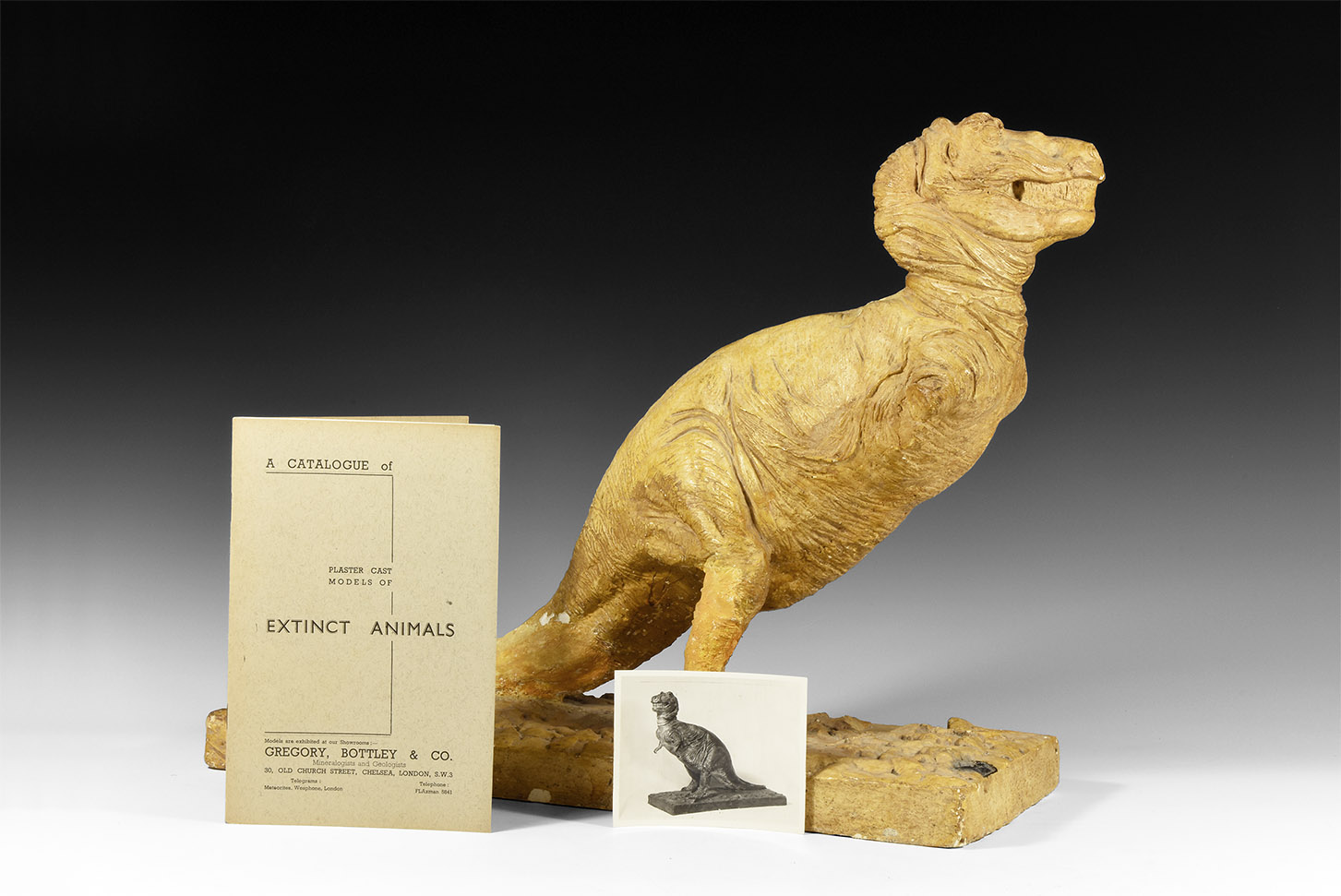
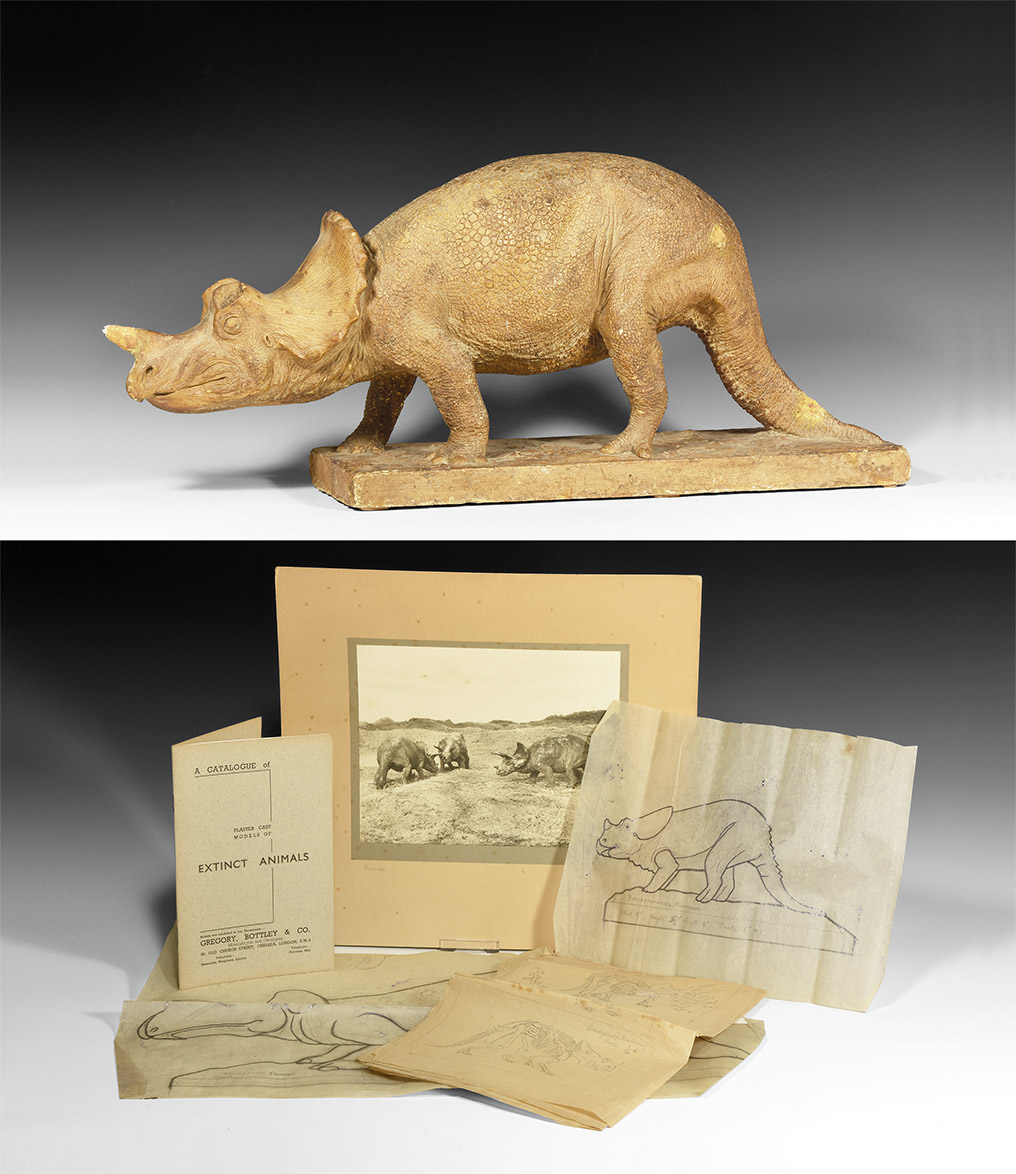
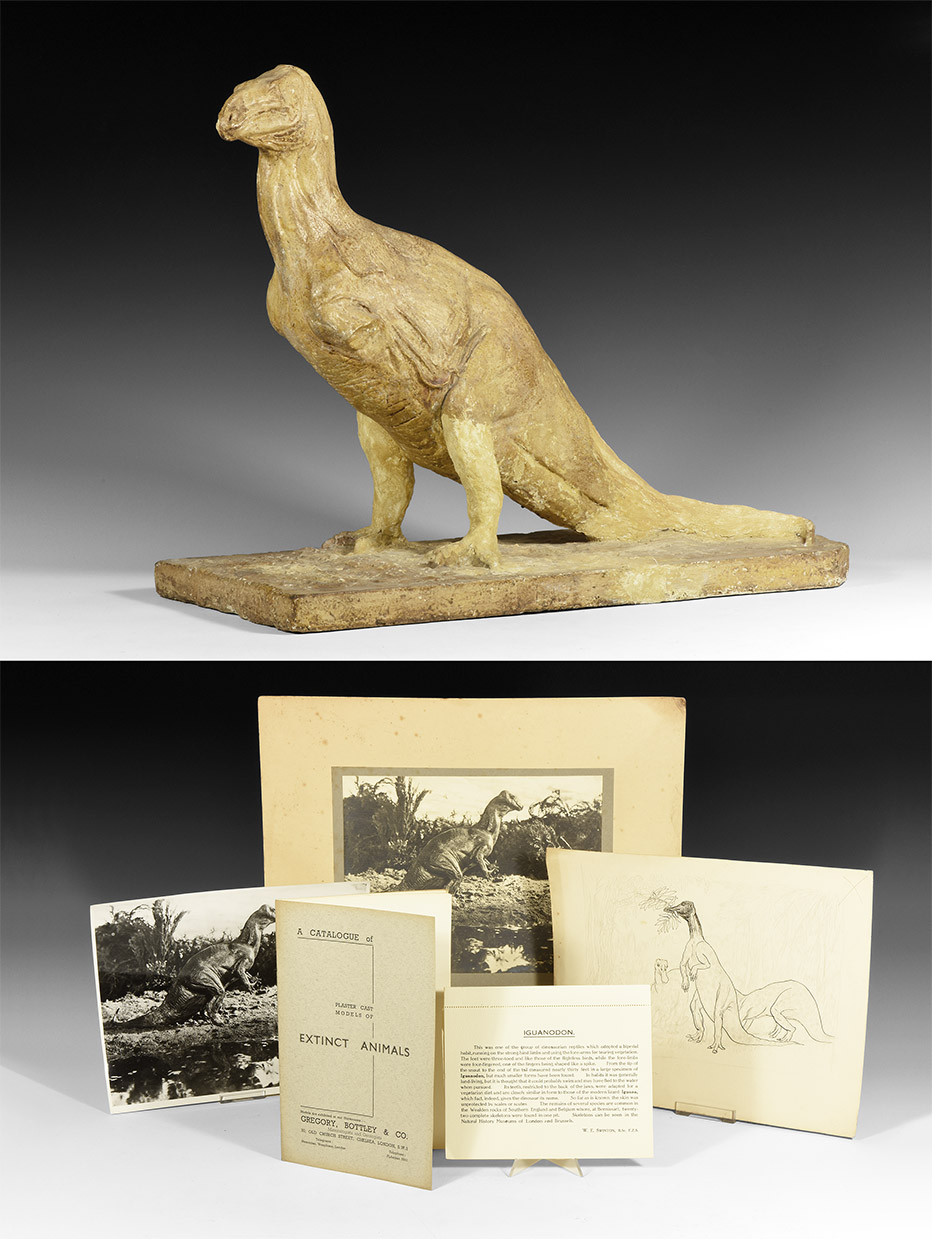
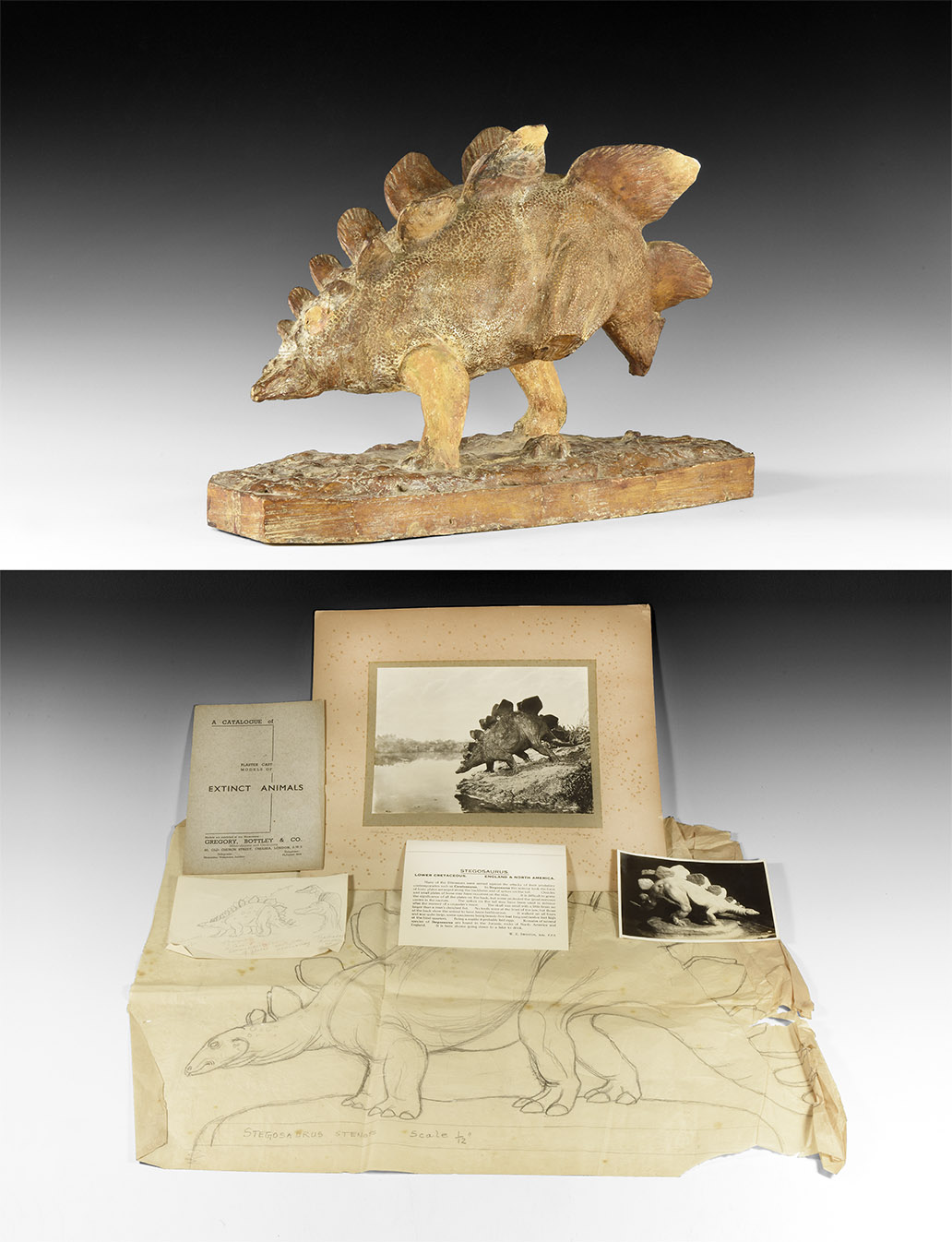
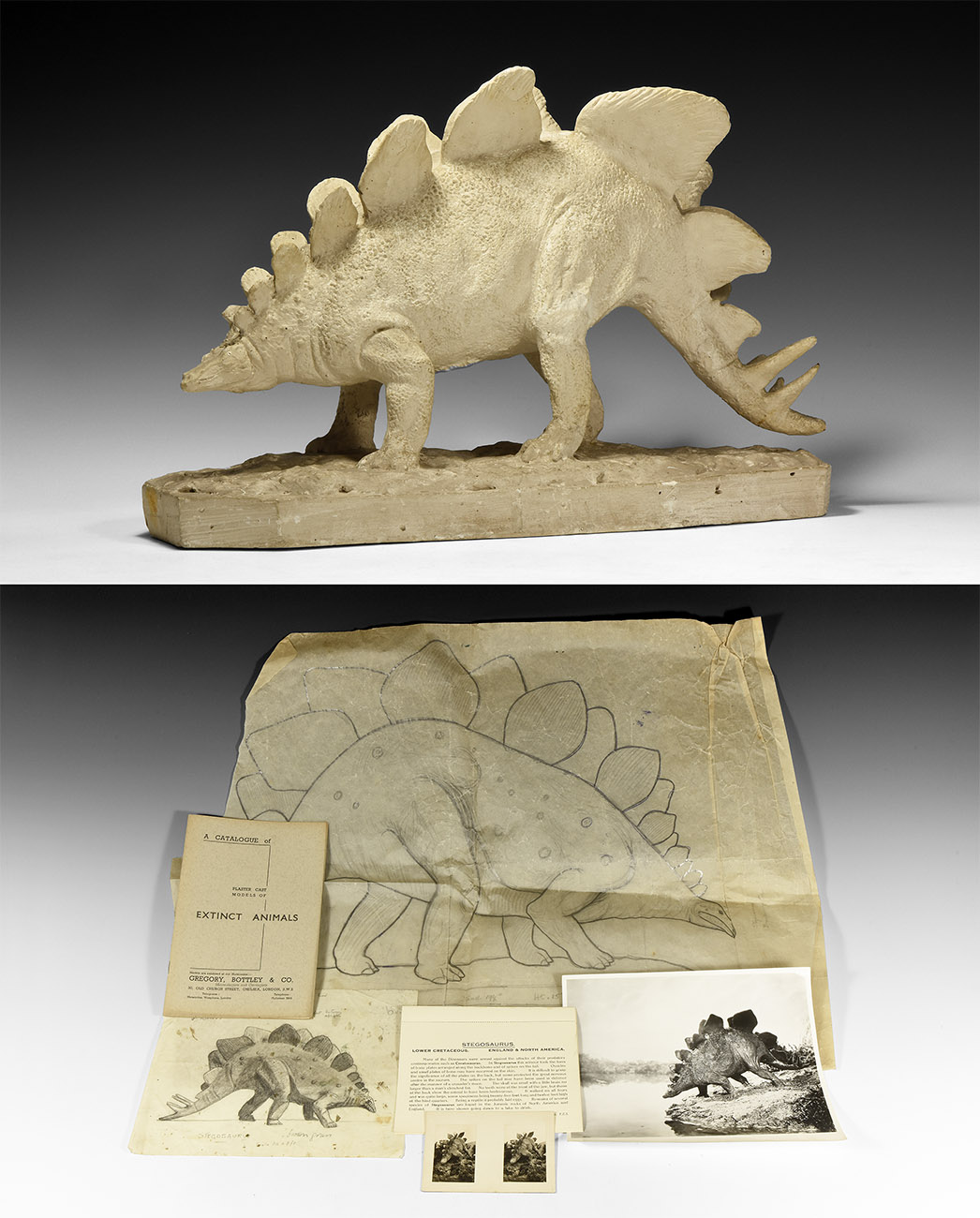
Testen Sie LotSearch und seine Premium-Features 7 Tage - ohne Kosten!
Lassen Sie sich automatisch über neue Objekte in kommenden Auktionen benachrichtigen.
Suchauftrag anlegen